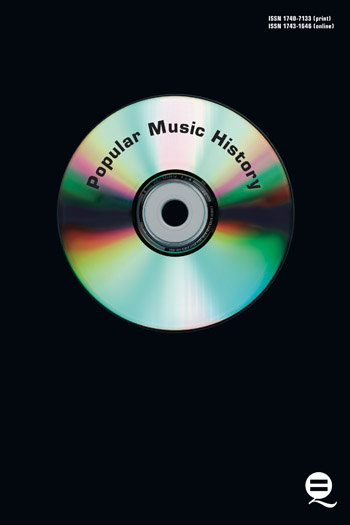Dancehalls, Glitterballs and DJs
From the Pleasure Garden to the Discotheque
Bruce Lindsay [+–]
Music Journalist and Social Historian
The history of disco and its predecessors is often portrayed as one of glamour and excess. Dancehalls, Glitterballs and DJs expands this history, to encompass tatty but much-loved provincial dancehalls, mobile DJs with home-made light shows and rusty vans, one-hit-wonders on the chicken-in-a-basket circuit, and nights out with Jane Austen. It’s a vital, fun-packed history of a cultural movement that, despite the vagaries of fashion, remains part of the entertainment scene today.
Dancehalls, Glitterballs and DJs begins in Georgian Britain’s Assembly Rooms and Pleasure Gardens, then moves through the “vulgar” activities in the penny gaffes, the arrival of the first gramophone and “disc jockey,” the Jazz Age, the swing-era dance bands, and the post-war ascendency of recorded music and the discotheque. It then explores the dance music scene that spread across Britain’s towns and cities, when teens and twenty-somethings danced where glamour meant “no denim, no trainers” — a world epitomised by the disco music boom of the 1970s.
The story closes at the end of the ‘70s, when mainstream culture did much to turn disco from a cutting-edge movement to something of a laughing stock among trendsetters and popular music fans. The book ends by appraising disco’s place in the entertainment scene of the 2020s, where classics of the genre are as popular as ever.
Series: Popular Music History
Table of Contents
Preface
Chapter 1
Chapter 2
Chapter 3
Chapter 4
Chapter 5
Chapter 6
Chapter 7
Chapter 8
Chapter 9
Chapter 10
Chapter 11
Chapter 12
Chapter 13
Chapter 14
Chapter 15
Chapter 16
Chapter 17
Chapter 18
Chapter 19
Chapter 20
Chapter 21







